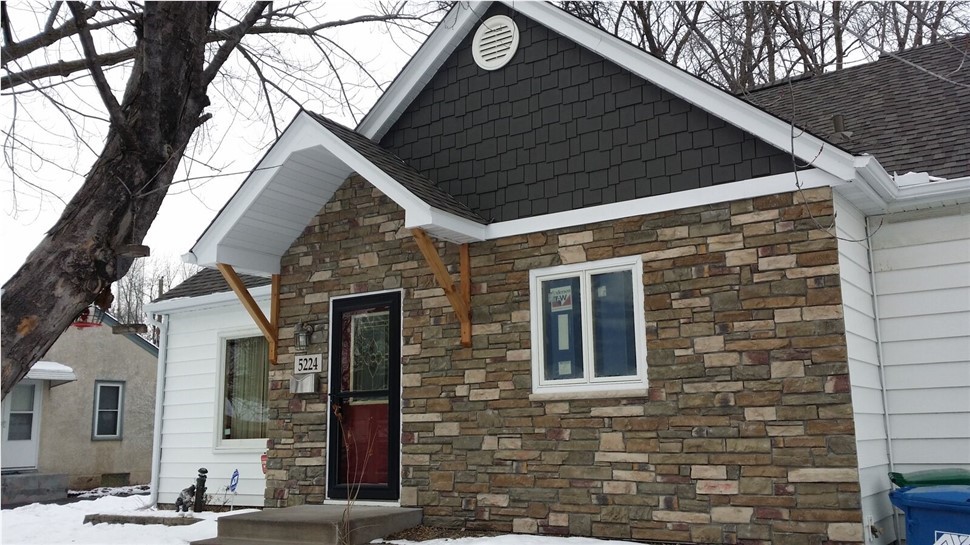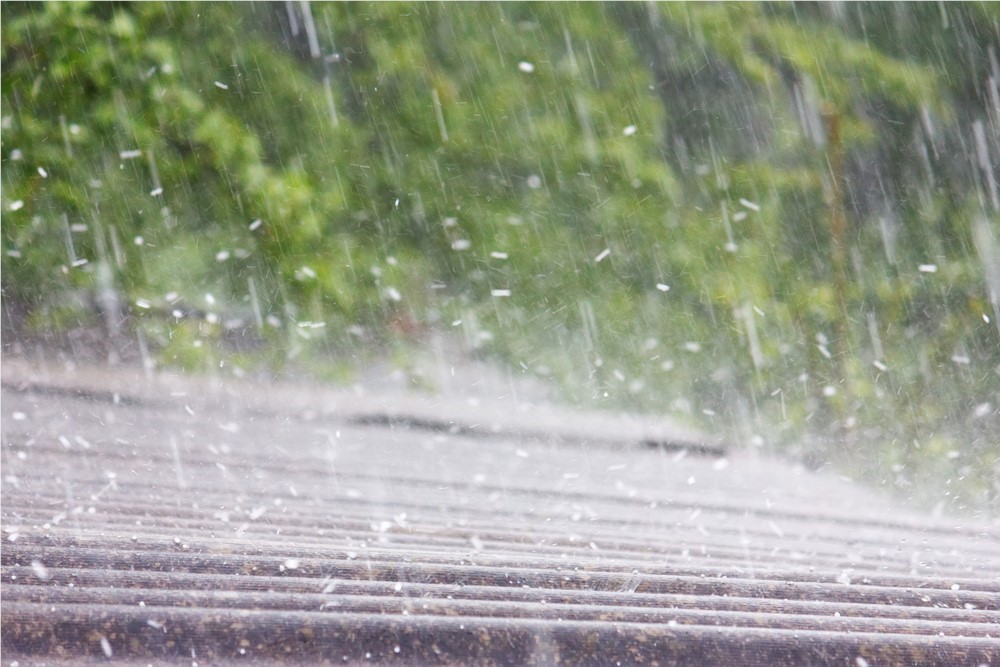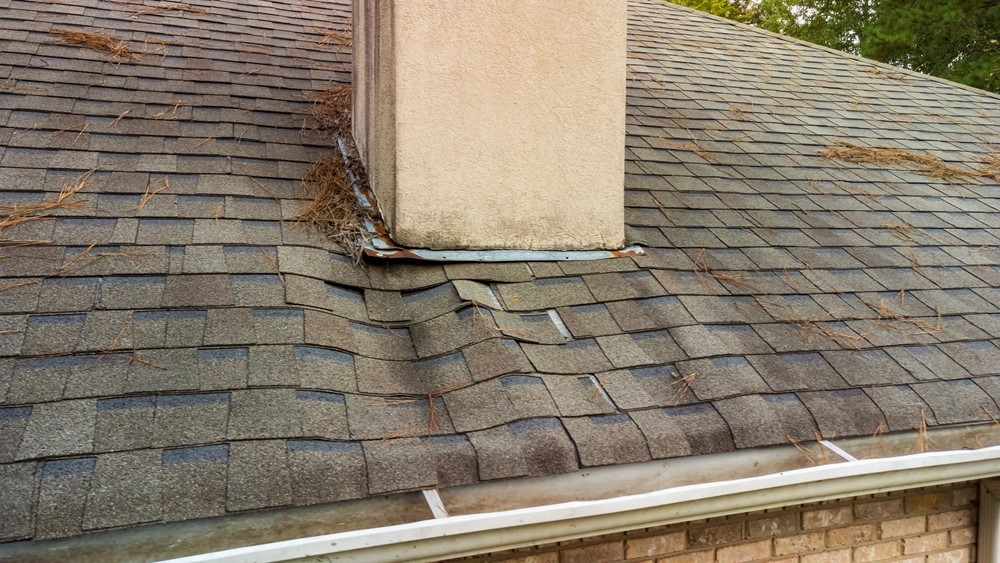Roof vents are an important part of keeping your home comfortable as well as helping your roof last longer. Roof ventilation works to keep your roof cool, which is better for the roofing as well as the interior of your home. Proper venting also reduces moisture levels in your attic, inhibiting mold and mildew formation.
With the right venting you'll use less energy for heating and cooling, which is good for the environment as well as your wallet. Roof vents remove hot air which builds up in the summer, and since warm air rises, cool air flowing through your attic space naturally cools the rooms below it. In the winter, adequate roof ventilation keeps the attic space cool, inhibiting moisture build-up as well as addressing the main cause of ice dam formation.
However, roof vents don't all work the same, and there is no one right solution for each roof or home. Installing the wrong type of vent or improper installation can actually result in roof problems.
Roof vents come in five basic types:
- Soffit vents - installed under the eaves
- Gable vents - louvered vents inserted in the exterior wall near the roof peaks
- Turbine vents - installed at the peak; these are wind-driven
- Louvered vents - designed to permit air flow while keeping out rain and insects
- Powered vents - usually thermostatically controlled
You'll find the various types of roof vents at your local home improvement or hardware store, and some DIY'ers install their own, but we recommend that unless you are very experienced in dealing with roofing that you have an experienced roofing contractor install roof vents if your home needs more. This is a problem many older homes face, and you can have your ventilation needs evaluated as a part of your next roofing inspection.
Subscribe to Quarve Contracting's Blog







Comments